Operating a pneumatic tank efficiently and safely is crucial for various industrial applications, including semi-trailer operations. At CarMax Vehicle, we understand the complexities involved in managing pneumatic systems. This guide delves into the intricate process of operating a pneumatic tank, ensuring optimal performance, safety, and longevity of your equipment.
Understanding Pneumatic Tanks
What is a Pneumatic Tank?
A pneumatic tank, commonly referred to as a compressed air tank, is a vital component in many industrial systems. It stores compressed air generated by a compressor, providing a stable and reliable air supply for various applications such as powering pneumatic tools, controlling machinery, and operating air brakes in semi-trailers.
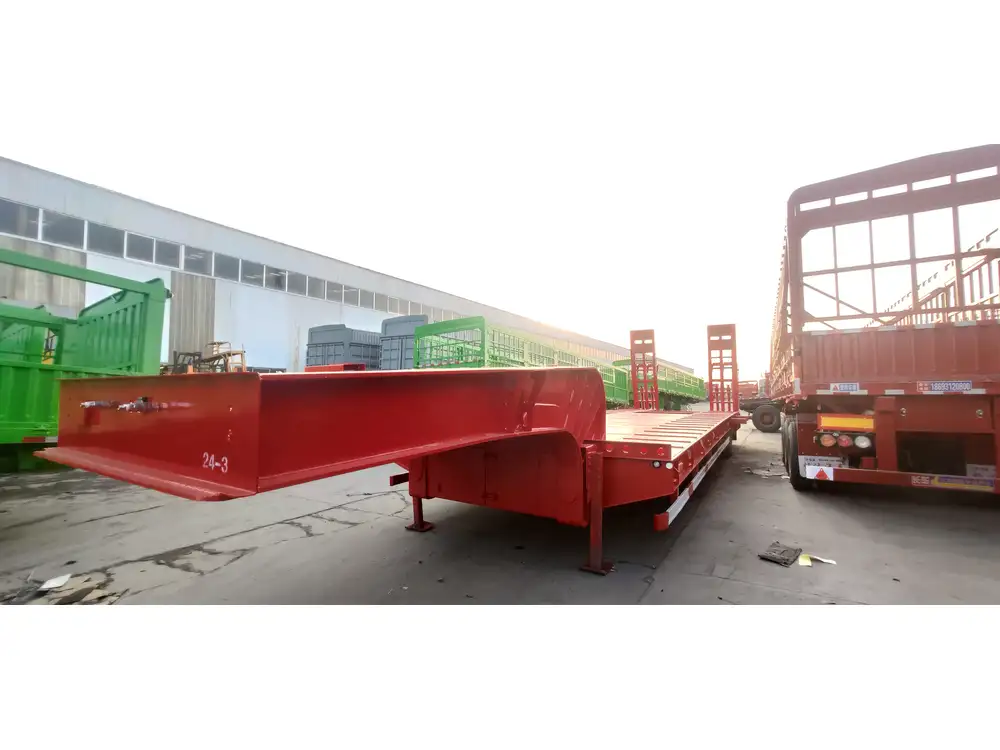
Key Components of a Pneumatic Tank
| Component | Description |
|---|---|
| Tank Body | The main container that holds compressed air. |
| Pressure Gauge | Monitors the internal pressure of the tank. |
| Safety Valve | Releases excess pressure to prevent tank rupture. |
| Drain Valve | Allows for the removal of moisture and debris from the tank. |
| Inlet Valve | Connects the tank to the air compressor for refilling. |
Step-by-Step Guide to Operating a Pneumatic Tank
1. Initial Setup and Inspection

Location and Installation
- Choose an Appropriate Location: Ensure the tank is installed in a well-ventilated area, away from heat sources and potential hazards.
- Secure Mounting: Use appropriate mounting hardware to secure the tank, preventing movement or tipping during operation.
- Accessibility: Ensure all valves and gauges are easily accessible for monitoring and maintenance.
Pre-Operation Inspection
- Check for Damage: Inspect the tank for any signs of dents, rust, or corrosion that could compromise its integrity.
- Verify Component Integrity: Ensure all valves, gauges, and connections are intact and functioning correctly.
- Drain the Tank: Before first use, drain any moisture or debris that may have accumulated during storage.
2. Operating the Compressor and Filling the Tank
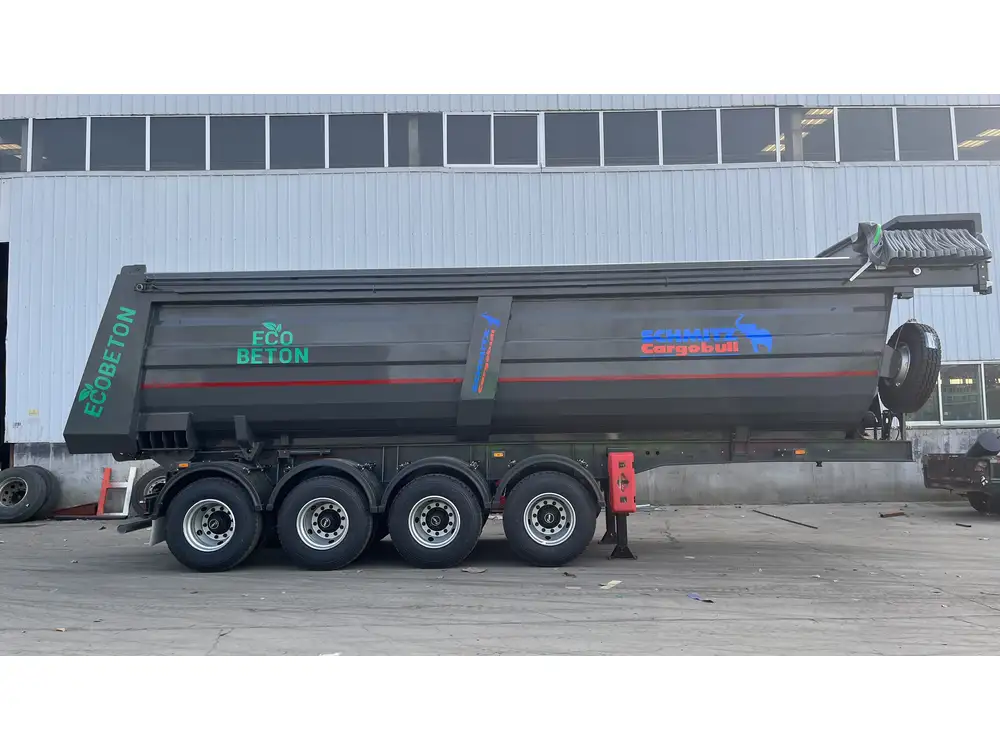
Connecting the Compressor
- Secure Connections: Use appropriate hoses and fittings to connect the compressor to the tank’s inlet valve.
- Seal Integrity: Ensure all connections are tight to prevent air leaks during operation.
Starting the Compressor
- Power Supply Check: Verify that the compressor is connected to a reliable power source.
- Initiate Compression: Turn on the compressor and monitor the system as it begins to fill the tank with compressed air.
Monitoring Pressure Levels
- Pressure Gauge Observation: Continuously monitor the pressure gauge to ensure the tank is filling to the desired pressure level.
- Automatic Shut-Off: Most compressors are equipped with an automatic shut-off feature to prevent over-pressurization.

3. Utilizing the Stored Compressed Air
Connecting to Tools or Systems
- Proper Fittings: Use compatible fittings and hoses to connect pneumatic tools or systems to the tank.
- Secure Attachments: Ensure all connections are secure to prevent accidental disconnections during operation.
Regulating Air Flow
- Flow Control Valves: Utilize flow control valves to adjust the rate of air delivery based on the application’s requirements.
- Consistent Pressure: Maintain consistent pressure levels to ensure the optimal performance of connected tools or systems.

4. Safety Protocols and Best Practices
Regular Pressure Checks
- Routine Monitoring: Regularly check the pressure gauge to ensure the tank operates within safe limits.
- Alarm Systems: Install alarm systems that alert operators to abnormal pressure levels.
Emergency Shut-Off Procedures
- Manual Shut-Offs: Familiarize yourself with the location and operation of manual shut-off valves.
- Training: Ensure all operators are trained on emergency procedures to quickly respond to any malfunctions.
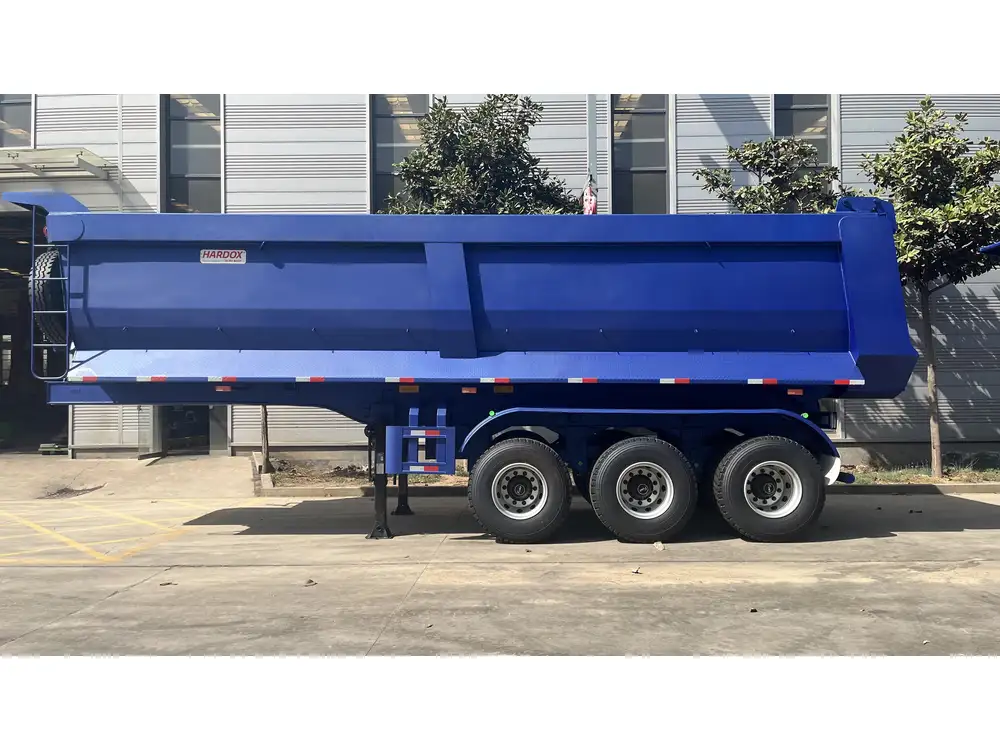
Personal Protective Equipment (PPE)
- Protective Gear: Always wear appropriate PPE, including gloves and safety glasses, when operating or maintaining pneumatic tanks.
- Avoid Direct Contact: Do not place hands or body parts near moving components or high-pressure areas.
5. Maintenance and Longevity
Regular Maintenance Schedule
- Monthly Inspections: Conduct monthly inspections to identify and address any potential issues early.
- Annual Overhaul: Perform a comprehensive overhaul of the tank and compressor system annually to ensure optimal performance.

Cleaning and Drainage
- Moisture Removal: Regularly drain the tank to remove accumulated moisture, preventing corrosion and system inefficiency.
- Debris Management: Keep the tank and connected components clean from debris and contaminants.
Component Replacement
- Worn Parts: Replace any worn or damaged components promptly to maintain system integrity and safety.
- Upgrades: Consider upgrading components to improve system efficiency and performance over time.
Enhancing Pneumatic Tank Operations with CarMax Vehicle
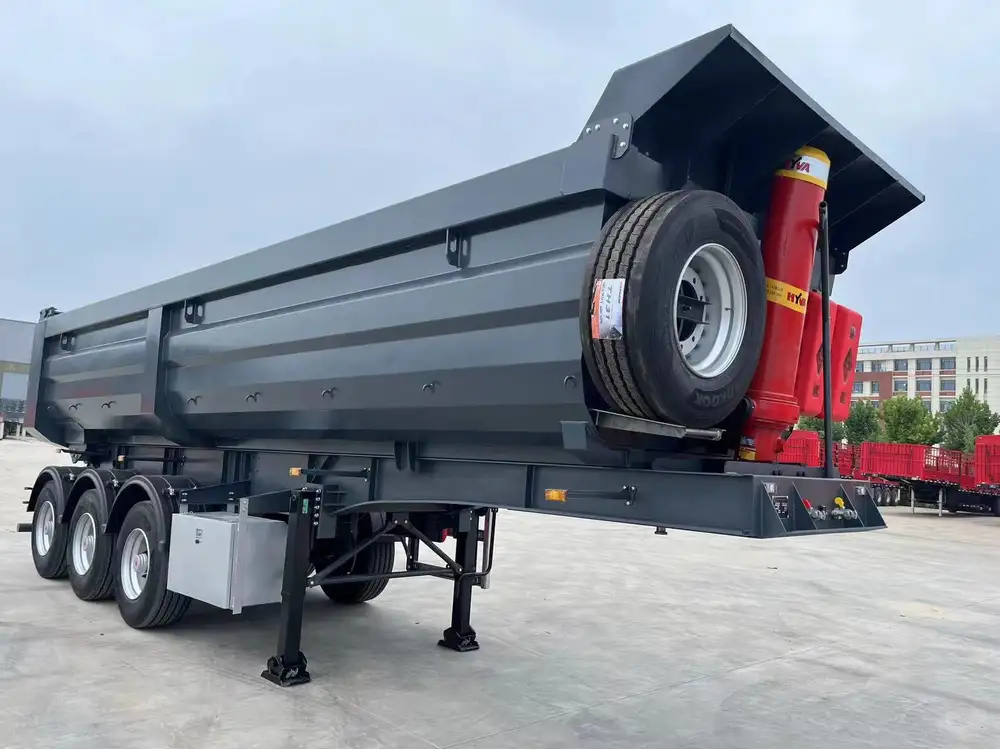
Innovative Design and Engineering
At CarMax Vehicle, our pneumatic tanks are engineered for reliability and efficiency. Our designs incorporate advanced materials and cutting-edge technology to ensure durability and optimal performance in demanding environments.
Tailored Solutions for Diverse Applications
We understand that each industrial application has unique requirements. Our team works closely with clients to design and manufacture pneumatic tanks that meet specific operational needs, ensuring seamless integration and maximum productivity.
Comprehensive Support and Services
From initial consultation to ongoing maintenance, CarMax Vehicle provides comprehensive support to ensure your pneumatic systems operate flawlessly. Our expert team is always available to assist with troubleshooting, upgrades, and custom solutions tailored to your business.
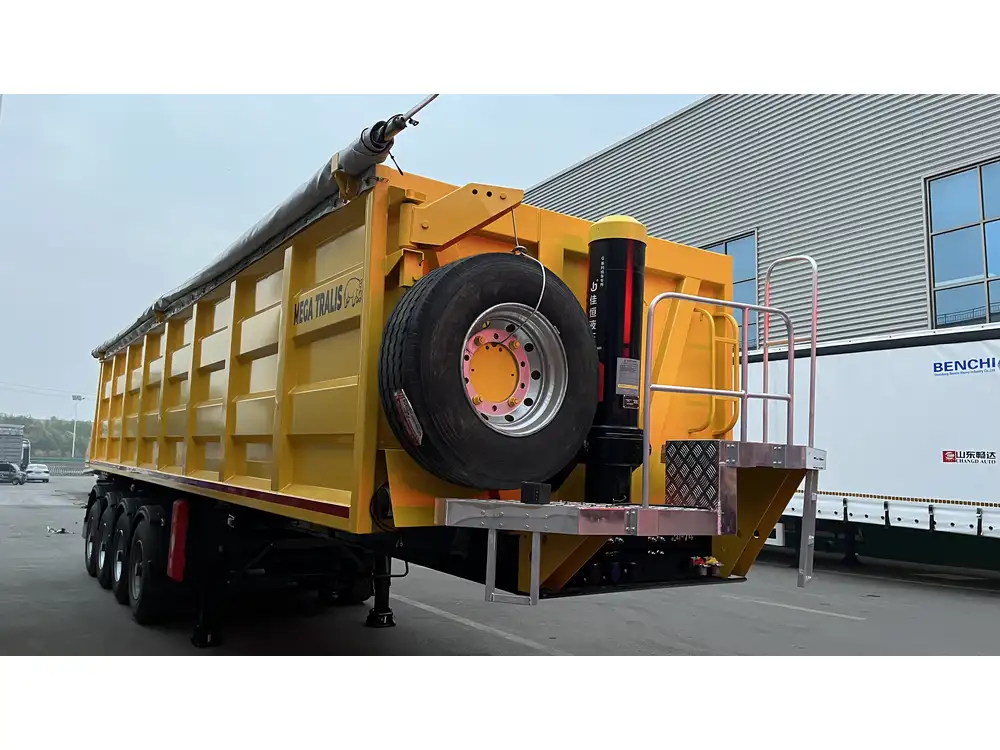
Benefits of Using CarMax Trailer Pneumatic Systems
Enhanced Performance
Our pneumatic systems are designed to deliver consistent and reliable performance, minimizing downtime and maximizing efficiency in your operations.
Safety Assurance
Safety is paramount in all our designs. Our pneumatic tanks feature robust safety mechanisms, including high-precision pressure gauges and reliable safety valves, to protect both equipment and operators.

Cost-Effective Solutions
By choosing CarMax Trailer, you invest in high-quality pneumatic systems that offer long-term cost savings through reduced maintenance needs and extended equipment lifespan.
Comparative Analysis: Standard vs. CarMax Pneumatic Tanks
| Feature | Standard Tanks | CarMax Pneumatic Tanks |
|---|---|---|
| Material Quality | Basic steel with limited corrosion resistance | High-grade materials with enhanced durability |
| Safety Features | Basic safety valves | Advanced safety systems with multiple fail-safes |
| Pressure Range | Limited pressure range | Wide pressure range for diverse applications |
| Maintenance Needs | Frequent maintenance required | Low maintenance with easy access for inspections |
| Customization | Limited customization options | Tailored designs to meet specific client needs |
Common Applications of Pneumatic Tanks
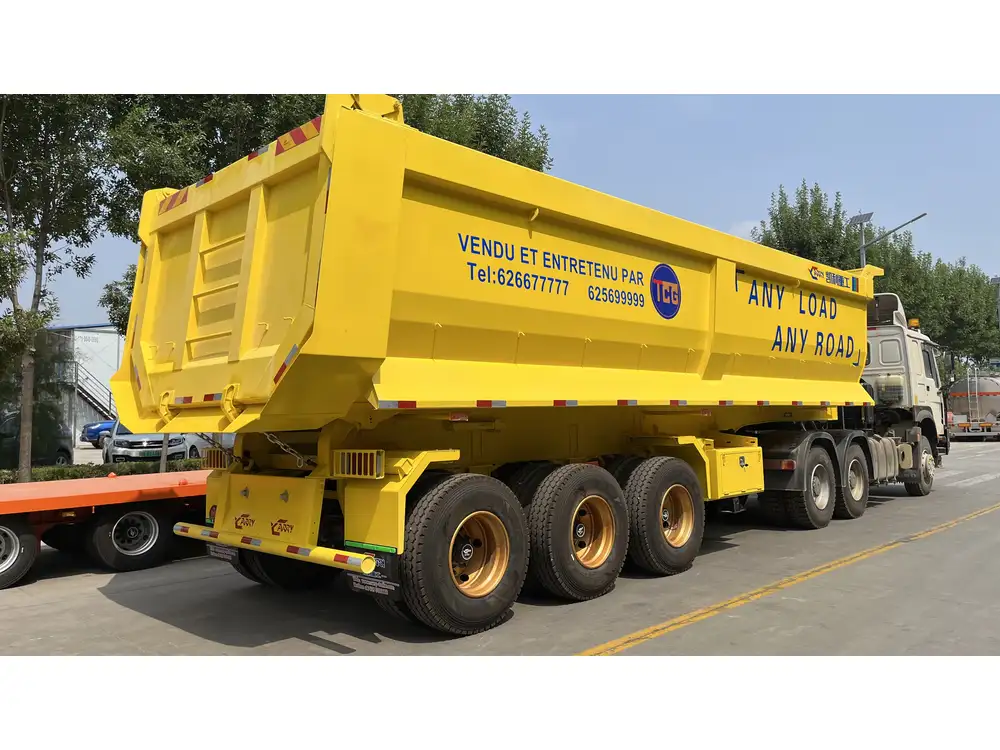
Semi-Trailer Air Brake Systems
Pneumatic tanks play a critical role in the operation of air brake systems in semi-trailers. They ensure that brakes respond promptly and effectively, enhancing vehicle safety and control.
Industrial Manufacturing
In manufacturing settings, pneumatic tanks provide the necessary air supply for various tools and machinery, facilitating efficient and automated production processes.
Construction Equipment
Heavy machinery used in construction relies on pneumatic tanks for powering tools like drills, hammers, and lifts, ensuring robust performance in demanding environments.
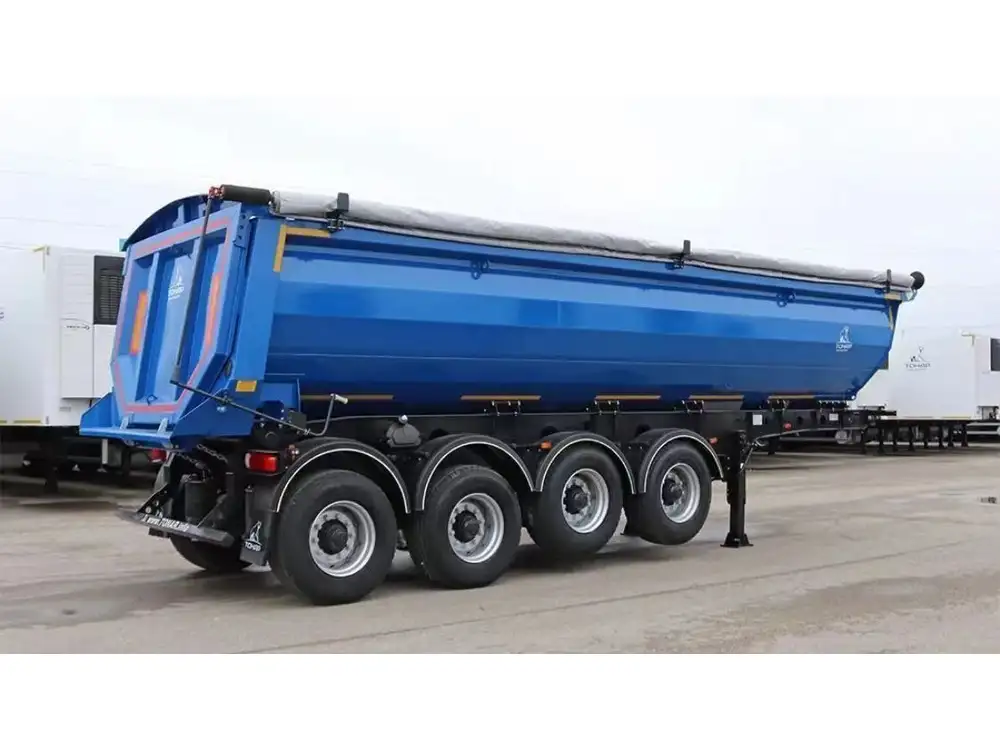
Automotive Services
Automotive workshops utilize pneumatic systems for tasks such as painting, tire inflation, and operating lifts, contributing to streamlined and efficient service operations.
Troubleshooting Common Issues
Low Air Pressure
- Possible Causes: Leaks in the system, faulty pressure regulator, or inadequate compressor performance.
- Solutions: Inspect all connections for leaks, replace or repair the pressure regulator, and ensure the compressor is functioning correctly.
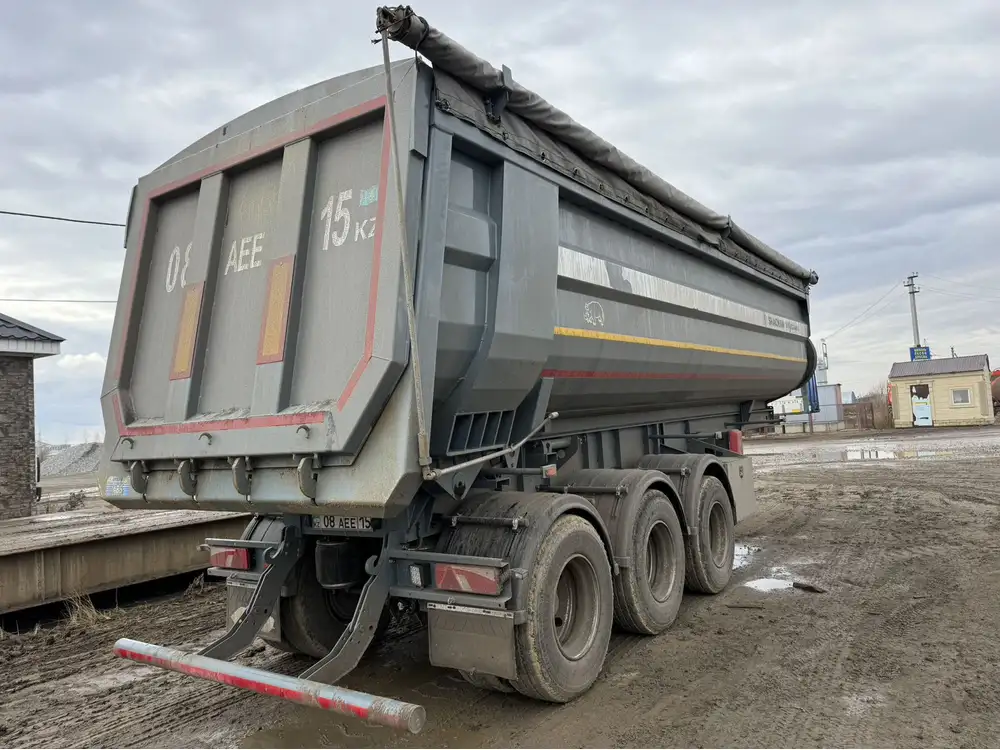
Excessive Moisture Build-Up
- Possible Causes: Inadequate drainage, high humidity environments, or infrequent tank draining.
- Solutions: Regularly drain the tank, install moisture traps, and maintain a controlled environment to minimize moisture accumulation.
Unresponsive Safety Valves
- Possible Causes: Valve blockages, mechanical failure, or improper installation.
- Solutions: Clean and inspect safety valves regularly, replace faulty valves, and ensure proper installation procedures are followed.
Compressor Overheating
- Possible Causes: Overloading, insufficient cooling, or worn-out compressor components.
- Solutions: Avoid overloading the compressor, ensure adequate cooling systems are in place, and perform regular maintenance on compressor components.

Optimizing Pneumatic Tank Performance
Selecting the Right Tank Size
Choosing the appropriate tank size based on your operational requirements is essential for maintaining optimal pressure levels and ensuring a consistent air supply.
Implementing Efficient Air Management Practices
- Air Leak Detection: Regularly inspect the system for leaks and address them promptly to maintain efficiency.
- Pressure Optimization: Adjust pressure settings to match the specific needs of your tools and machinery, avoiding unnecessary energy consumption.
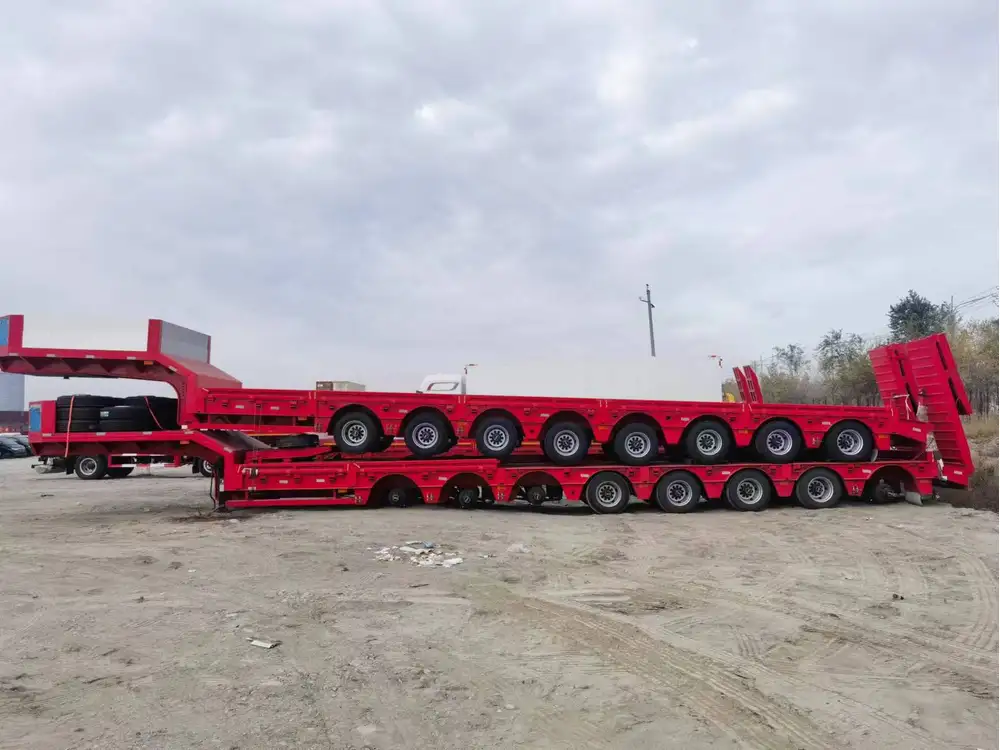
Investing in Advanced Technology
Integrating smart technology, such as automated pressure monitoring systems and remote management tools, can enhance the efficiency and control of your pneumatic tank operations.
Sustainable Practices in Pneumatic Tank Operations
Energy-Efficient Compressors
Opt for energy-efficient compressors that reduce power consumption without compromising performance, contributing to lower operational costs and a smaller environmental footprint.
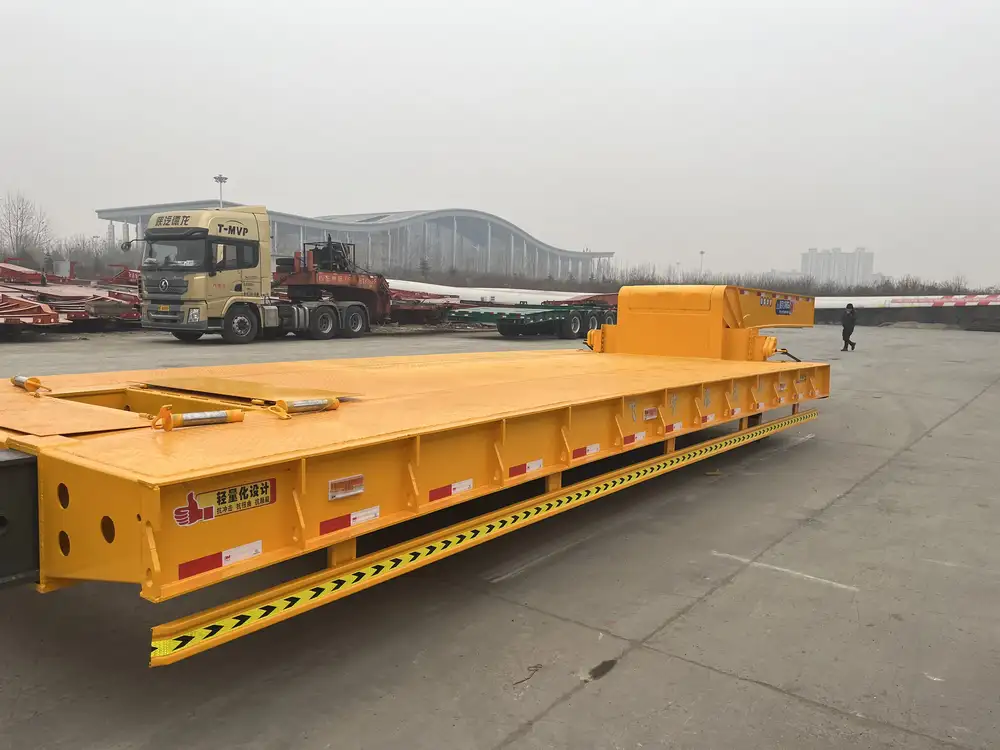
Recycling and Reuse
Implementing systems to recycle and reuse compressed air can significantly enhance sustainability, reducing waste and conserving resources.
Regular Maintenance for Longevity
Maintaining your pneumatic tanks and compressors not only ensures efficient operation but also extends their lifespan, minimizing the need for frequent replacements and reducing overall environmental impact.
Future Trends in Pneumatic Tank Technology

Integration with IoT
The Internet of Things (IoT) is transforming pneumatic tank operations by enabling real-time monitoring, predictive maintenance, and enhanced control through connected devices.
Advanced Materials
Developments in materials science are leading to the creation of lighter, stronger, and more corrosion-resistant pneumatic tanks, improving durability and performance.
Enhanced Safety Features
Innovations in safety technology are resulting in pneumatic tanks with improved safety mechanisms, providing greater protection for both equipment and operators.

Conclusion
Operating a pneumatic tank requires a comprehensive understanding of its components, meticulous adherence to safety protocols, and consistent maintenance practices. At CarMax Vehicle, we are committed to providing top-tier pneumatic systems that meet the highest standards of performance and safety. By following the guidelines outlined in this guide, you can ensure efficient and reliable operation of your pneumatic tanks, driving productivity and safeguarding your operations.
Frequently Asked Questions
1. What are the primary safety features of a pneumatic tank?
Pneumatic tanks are equipped with several safety features, including pressure gauges for monitoring internal pressure, safety valves to release excess pressure, and drain valves to remove moisture and debris. These features are crucial in preventing tank rupture and ensuring safe operation.
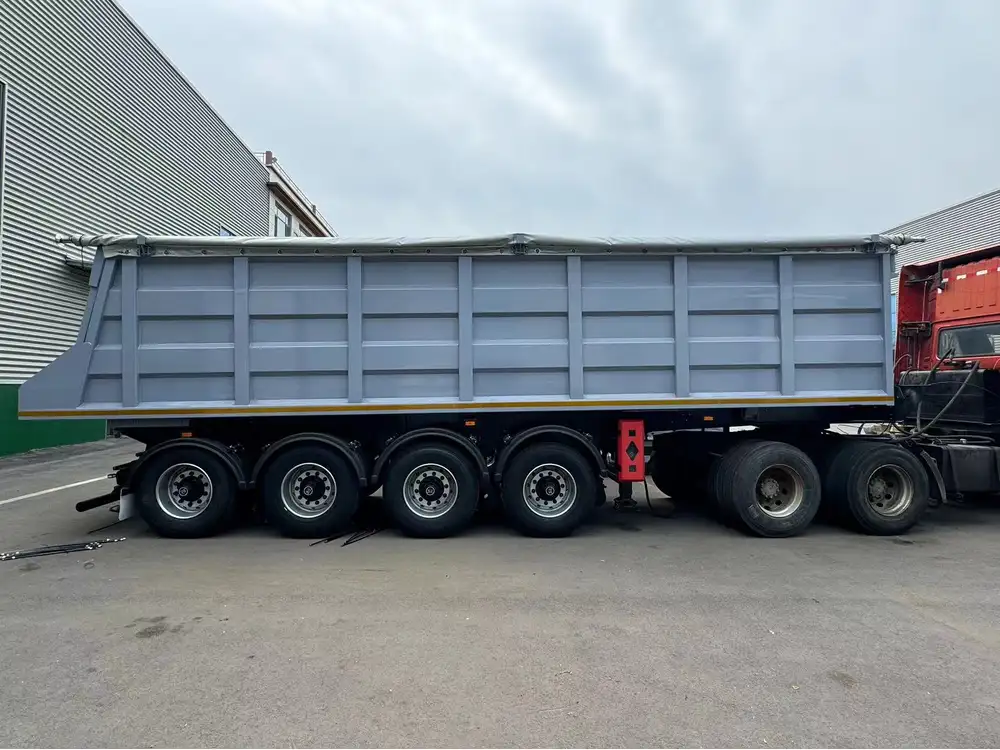
2. How often should a pneumatic tank be inspected and maintained?
Regular inspections are essential for maintaining pneumatic tank performance and safety. It is recommended to conduct monthly inspections for any signs of damage or wear and to perform a comprehensive maintenance check annually. Additionally, draining the tank regularly helps prevent moisture build-up and corrosion.
3. What are the common applications of pneumatic tanks in the automotive industry?
In the automotive industry, pneumatic tanks are used for various applications, including powering pneumatic tools for assembly and repair, inflating tires, operating lifts, and supporting air brake systems in vehicles like semi-trailers.
4. Can pneumatic tanks be customized to fit specific operational needs?
Yes, pneumatic tanks can be customized to meet specific operational requirements. At CarMax Vehicle, we offer tailored design solutions to ensure that our pneumatic tanks fit seamlessly into your existing systems and address your unique operational challenges.

5. What steps should be taken if a pneumatic tank shows signs of wear or damage?
If a pneumatic tank exhibits signs of wear or damage, such as dents, rust, or malfunctioning valves, it is crucial to cease operation immediately and conduct a thorough inspection. Replace or repair any faulty components and consult with a professional to ensure the tank’s integrity before resuming use.



